Global Hydrophilic Coating Market Report
Hydrophilic coating is a layer of non-aqueous hydrophilic materials that acts as an important member of the corrosion protection system. It counteracts rusting, restores parts that have been damaged by corrosion and protects against atmospheric corrosion. A coating that is attracted to water is said to be hydrophilic. Because these coatings are hydrophilic, which meaning “water-loving,” they tend to draw water rather than repel it. When exposed to moisture, hydrophilic coatings rapidly transport water throughout the object, increasing its lubricity and greatly lowering surface friction. It enhances durability, performance and life expectancy of metallic surfaces such as those used in aviation, transportation and construction industries.
The Global Hydrophilic Coating Market Report provides insights about the current market scenario and its future prospects, with the help of presenting a thorough assessment of current industry status in this growing market. The report also forecasts the information related to growth opportunities, drivers, challenges, sales channels and trends impact on the market. The overall market for Hydrophilic coating is governed by players including Aculon, Applied Medical Coatings, Corning Incorporated, Hdydromer Inc, DSM.
As per market study, the first hydrophilic coating method with a two-layer system, incorporating bonding and binding coats, was patented by DuPont in 1956. Polyvinylpyrolidone (PVP), polyurethanes, polyacrylic acid (PAA), polyethylene oxide (PEO), and polysaccharide materials have all been used as hydrophilic coatings over the years. The medical community, which is now a key segment of the value chain for the hydrophilic coatings market, frequently used coatings like glycerin, silicone oils, and even olive oil to lubricate devices and other instruments before the use of these widely used hydrophilic coatings. These coatings, along with attempts to use fluoropolymers like PTFE, were not always successful since they made it difficult to manage the lubrication and frequently detached from the equipment after insertion. These early hydrophilic coatings are typically high priced, i.e. the manufacturing process employed was noted to be pricey, which was then cost optimized. It was noted that the cost of the process was elevated by particularly high-priced plasma processing machinery. The machinery had application issues and was easily damaged due to the wear and tear associated with the processing.
The bonding process between devices and hydrophilic coatings as well as application techniques have improved over time. Additionally, the rate of manufacture accelerated, which reduced the price of hydrophilic coatings and improved their accessibility. Natural and synthetic hydrophilic coatings are both widely available nowadays, and the decision depends on the device’s functional requirements.
Hydrophilic properties of a surface are the most important criteria for selecting a coating for a given application. The market report for hydrophilic coatings covers the overall technology aspect of this market which has been covered briefly above. The global hydrophilic coating market is segmented on the basis of type, application, location and end user. The major market players are focusing on new product launch and business alliances as a means to stay ahead in the world market. Growing demand of increasing number of industries for advanced and integrated hygienic nanoscale coatings has propelled the global hydrophilic coating market’s growth during the forecast period.
The Global Hydrophilic Coating market has been evaluated and analyzed in terms of its major strategies, and tactics to develop a deeper understanding of the overall Hydrophilic Coating market. The major factors driving the growth of the global hydrophilic coating market are gaining prominence primarily because of the increasing demand for hydrophobic coatings as a result of their superior performance characteristics. This has led to higher purchase price and technical specifications thereby making hydrophobic film more attractive.
TABLE OF CONTENT
Global Hydrophilic Coating Market Report
1 Market Introduction of Hydrophilic Coating Market Report
2 Market Segmentation of Hydrophilic Coating Market Report
2.1 Hydrophilic Coating Market Segmentation By Region
2.2 Hydrophilic Coating Market Segmentation By Type
2.3 Hydrophilic Coating Market Segmentation By Crop Type
3 Cost Structure of Hydrophilic Coating Market Report
4 Country Analysis of Hydrophilic Coating Market Report
4.1 China
4.1.1 Hydrophilic Coating Market Forecast & Size in China
4.1.2 Hydrophilic Coating Market Trends & Analysis in China
4.1.3 Key Hydrophilic Coating companies in China
4.1.4 Regulatory Framework of Hydrophilic Coating Market in China
4.2 Germany
4.2.1 Hydrophilic Coating Market Size in Germany
4.2.2 Hydrophilic Coating Market Trends & Analysis in Germany
4.2.3 Key Hydrophilic Coating companies in Germany
4.2.4 Regulatory Framework of Hydrophilic Coating Market in Germany
4.3 France
4.3.1 Hydrophilic Coating Market Size in France
4.3.2 Hydrophilic Coating Market Trends & Analysis in France
4.3.3 Key Hydrophilic Coating companies in France
4.3.4 Regulatory Framework of Hydrophilic Coating Market in France
4.4 Italy
4.4.1 Hydrophilic Coating Market Size in Italy
4.4.2 Hydrophilic Coating Market Trends & Analysis in Italy
4.4.3 Key Hydrophilic Coating companies in Italy
4.4.4 Regulatory Framework of Hydrophilic Coating Market in Italy
4.5 Netherland
4.5.1 Hydrophilic Coating Market Size in Netherland
4.5.2 Hydrophilic Coating Market Trends & Analysis in Netherland
4.5.3 Key Hydrophilic Coating companies in Netherland
4.5.4 Regulatory Framework of Hydrophilic Coating Market in Netherland
4.6 Russia
4.6.1 Hydrophilic Coating Market Size in Russia
4.6.2 Hydrophilic Coating Market Trends & Analysis in Russia
4.6.3 Key Hydrophilic Coating companies in Russia
4.6.4 Regulatory Framework of Hydrophilic Coating Market in Russia
4.7 Canada
4.7.1 Hydrophilic Coating Market Size in Canada
4.7.2 Hydrophilic Coating Market Trends & Analysis in Canada
4.7.3 Key Hydrophilic Coating companies in Canada
4.7.4 Regulatory Framework of Hydrophilic Coating Market in Canada
4.8 Mexico
4.8.1 Hydrophilic Coating Market Size in Mexico
4.8.2 Hydrophilic Coating Market Trends & Analysis in Mexico
4.8.3 Key Hydrophilic Coating companies in Mexico
4.8.4 Regulatory Framework of Hydrophilic Coating Market in Mexico
4.9 Singapore
4.9.1 Hydrophilic Coating Market Size in Singapore
4.9.2 Hydrophilic Coating Market Trends & Analysis in Singapore
4.9.3 Key Hydrophilic Coating companies in Singapore
4.9.4 Regulatory Framework of Hydrophilic Coating Market in Singapore
4.10 United Kingdom
4.10.1 Hydrophilic Coating Market Size in United Kingdom
4.10.2 Hydrophilic Coating Market Trends & Analysis in United Kingdom
4.10.3 Key Hydrophilic Coating companies in United Kingdom
4.10.4 Regulatory Framework of Hydrophilic Coating Market in United Kingdom
4.11 Switzerland
4.11.1 Market Size in Switzerland
4.11.2 Market Trends & Analysis in Switzerland
4.11.3 Key Hydrophilic Coating companies in Switzerland
4.11.4 Regulatory Framework of Hydrophilic Coating Market in Switzerland
4.12 Brazil
4.12.1 Market Size in Brazil
4.12.2 Market Trends & Analysis in Brazil
4.12.3 Key Hydrophilic Coating companies in Brazil
4.12.4 Regulatory Framework of Hydrophilic Coating Market in Brazil
4.13 USA
4.13.1 Market Size in US
4.13.2 Market Trends & Analysis in US
4.13.3 Key Hydrophilic Coating companies in US
4.13.4 Regulatory Framework of Hydrophilic Coating Market in US
4.14 Japan
4.14.1 Market Size in Japan
4.14.2 Market Trends & Analysis in Japan
4.14.3 Key Hydrophilic Coating companies in Japan
4.14.4 Regulatory Framework of Hydrophilic Coating Market in Japan
4.15 South Korea
4.15.1 Market Size in South Korea
4.15.2 Market Trends & Analysis in South Korea
4.15.3 Key Hydrophilic Coating companies in South Korea
4.15.4 Regulatory Framework of Hydrophilic Coating Market in South Korea
4.16 India
4.16.1 Market Size in India
4.16.2 Market Trends & Analysis in India
4.16.3 Key Hydrophilic Coating companies in India
4.16.4 Regulatory Framework of Hydrophilic Coating Market in India
4.17 Thailand
4.17.1 Market Size in Thailand
4.17.2 Market Trends & Analysis in Thailand
4.17.3 Key Hydrophilic Coating companies in Thailand
4.17.4 Regulatory Framework of Hydrophilic Coating Market in Thailand
4.18 Russia
4.18.1 Market Size in Russia
4.18.2 Market Trends & Analysis in Russia
4.18.3 Key Hydrophilic Coating companies in Russia
4.18.4 Regulatory Framework of Hydrophilic Coating Market in Russia
4.19 Malaysia
4.19.1 Market Size in Malaysia
4.19.2 Market Trends & Analysis in Malaysia
4.19.3 Key Hydrophilic Coating companies in Malaysia
4.19.4 Regulatory Framework of Composite Market in Malaysia
4.20 Saudi Arabia
4.20.1 Market Size in Saudi Arabia
4.20.2 Market Trends & Analysis in Saudi Arabia
4.20.3 Key Hydrophilic Coating companies in Saudi Arabia
4.20.4 Regulatory Framework of Hydrophilic Coating Market in Saudi Arabia
5 Hydrophilic Coating Market Trends
5.1 Hydrophilic Coating Market Trends- Key Drivers
5.2 Hydrophilic Coating Market Trends- Key Restraints
5.3 Hydrophilic Coating Market Trends- Key Challenges
5.4 Porter’s Five Forces Analysis of Hydrophilic Coating Market
5.5 PEST Analysis- Hydrophilic Coating Market
6 Hydrophilic Coating Market Forecast
6.1 Global Hydrophilic Coating Market Forecast By Region
6.1.1 North America
6.1.2 Europe
6.1.3 APAC
6.1.4 Middle East
6.1.5 ROW
6.2 Hydrophilic Coating Market Forecast By Type
6.2.1 Fertilizer
6.2.2 Pesticide
6.3 Global Hydrophilic Coating Market Forecast By Crop Type
6.3.1 Fruits & Vegetables
6.3.2 Oilseed and Pulses
6.3.3 Cereals & Grains
6.3.4 Other
7 Supply Chain of the Hydrophilic Coating Market Analysis
8 Opportunity Analysis
9 Scenario Analysis
10 Key Company Profiles
11 Strategic Conclusions Hydrophilic Coating Market Report
12 Abbreviations used in Hydrophilic Coating Market Report

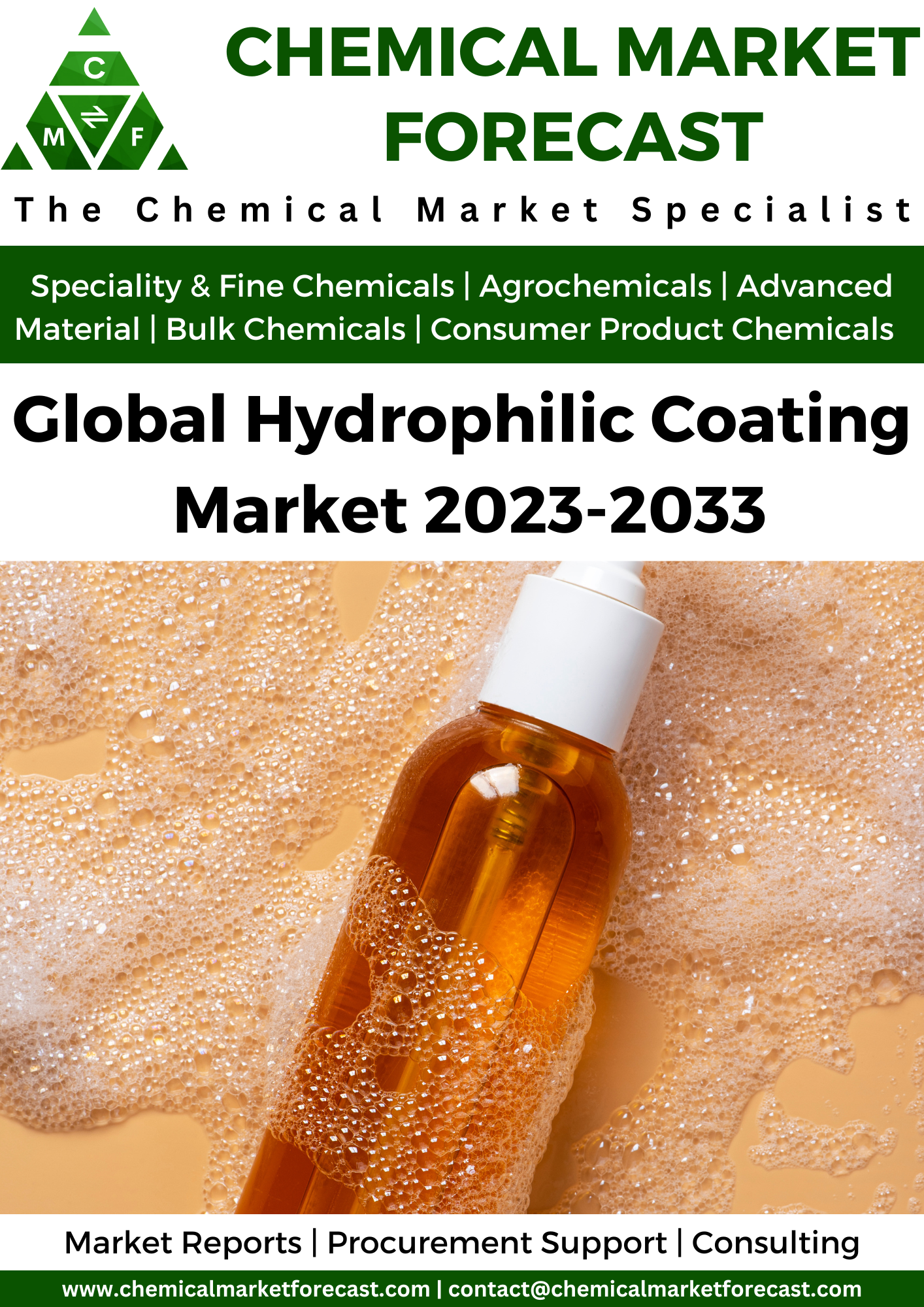
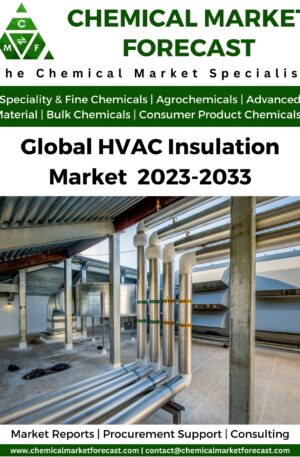
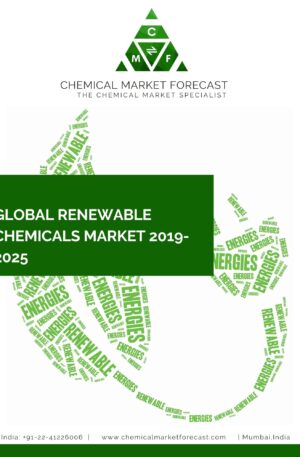
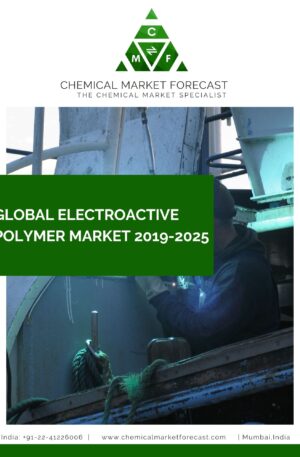
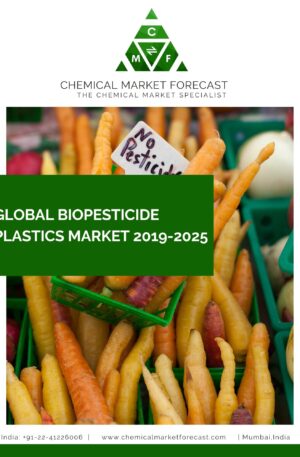
Reviews
There are no reviews yet.